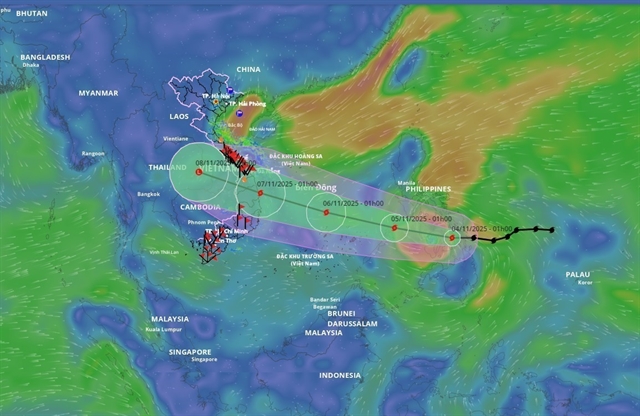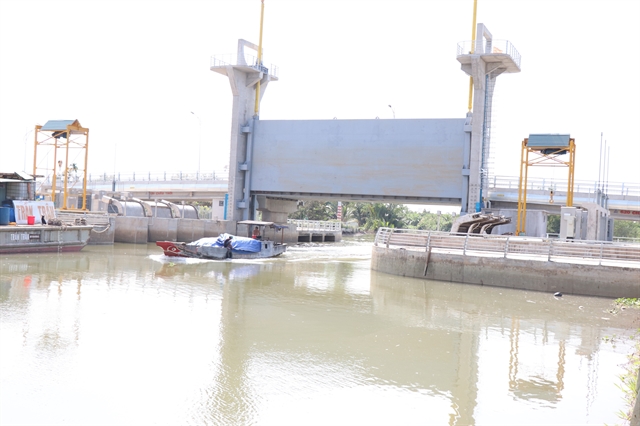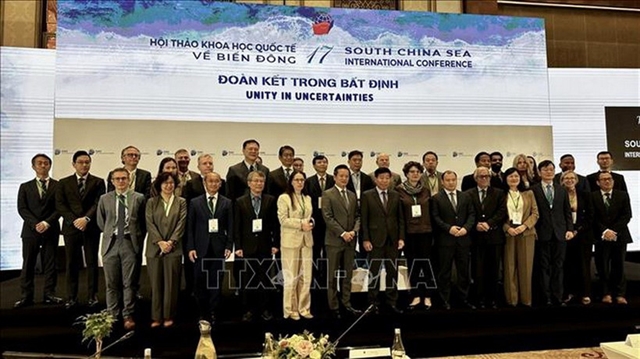 Environment
Environment

 |
| Tân Phú sluice prevents saltwater intrusion into the Ba Lai River in Châu Thành District in the Cửu Long (Mekong) Delta province of Bến Tre. – VNA/VNS Photo Công Trí |
HCM CITY — Saltwater from the sea is expected to intrude deep into rivers in the Cửu Long (Mekong) Delta in April and May, according to the National Centre for Hydro-Meteorology Forecasting.
The country’s rice, fruit and seafood hub normally suffers from such intrusion in the dry season.
A salinity rate of four grammes per litre is expected 40-65 km from the sea between April 1 and 10.
In the Hậu River, a tributary of the Mekong, salinity is expected 40-55 km upriver during the period.
Most plants can only cope with one gramme.
The intrusion this year is deeper than normal though not as much as in the 2015-16 and 2019-20 dry seasons.
Phùng Tiến Dũng, head of the centre’s hydro-meteorology forecasting division for the central, Tây Nguyên (Central Highlands) and southern regions, said delta localities need to promptly disseminate hydrometeorological forecast information and take proactive measures to keep out saltwater.
They should draw water from rivers during low tides for irrigation and household use, he said.
At the beginning of the ongoing dry season authorities in the delta, which comprises 12 provinces and the city of Cần Thơ, took various measures to secure water for agriculture and household use like building temporary dams for storing, dredging irrigation canals to increase storage capacity, encouraging people to store water in ponds in their orchards and use it efficiently, and setting up free water supply sites.
Tiền Giang Province has secured water for 113,000 households in eastern districts on the coast.
The Tiền Giang Water Supply Company has set up 77 free water supply sites for households in Gò Công Đông and Tân Phú Đông districts, and has 16 standby bore wells that can supply 50,000 cu.m a day.
There is adequate supply for households in rural areas, according to the province Department of Agriculture and Rural Development.
All the delta provinces have set up growing schedules for their rice and other crops to mitigate the impact of the saltwater intrusion.
Vĩnh Long Province plans to grow 35,000ha of summer-autumn rice with three sowing schedules between January and May.
Nguyễn Văn Liêm, deputy director of the province Department of Agriculture and Rural Development, said water supply is key, especially in places affected by saltwater.
Localities should monitor saltwater intrusion and issue timely warnings to farmers, he added. — VNS




